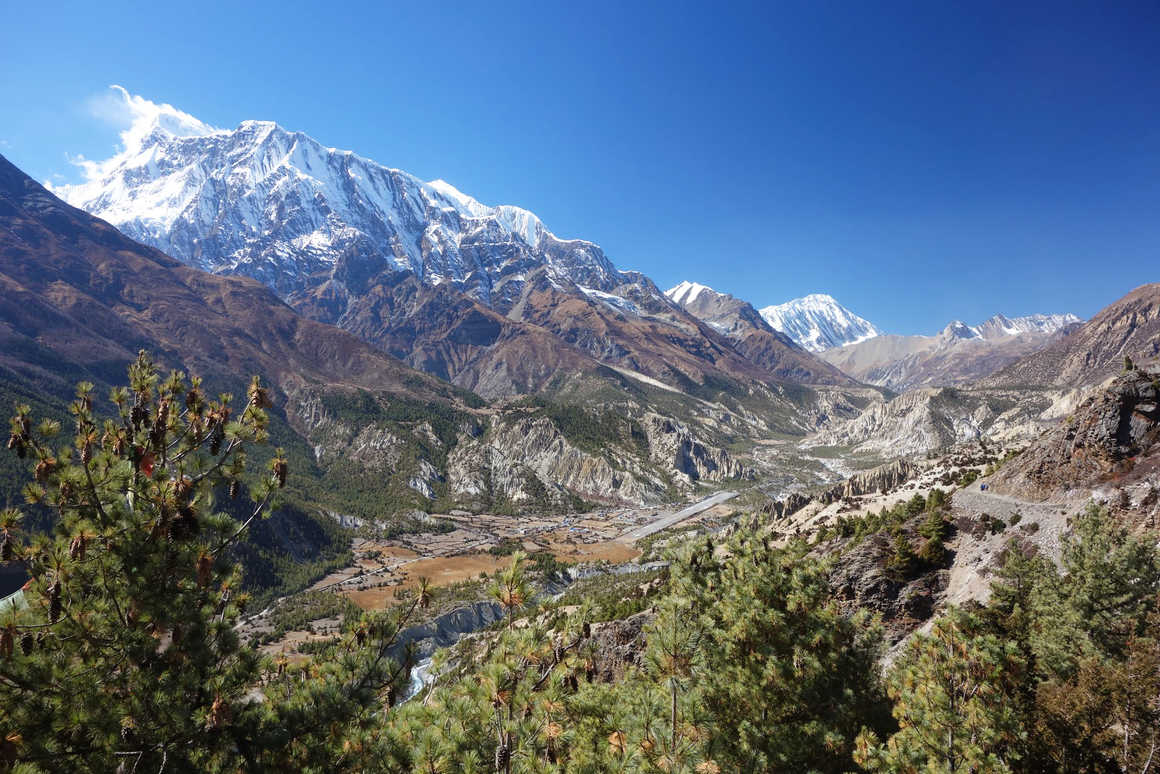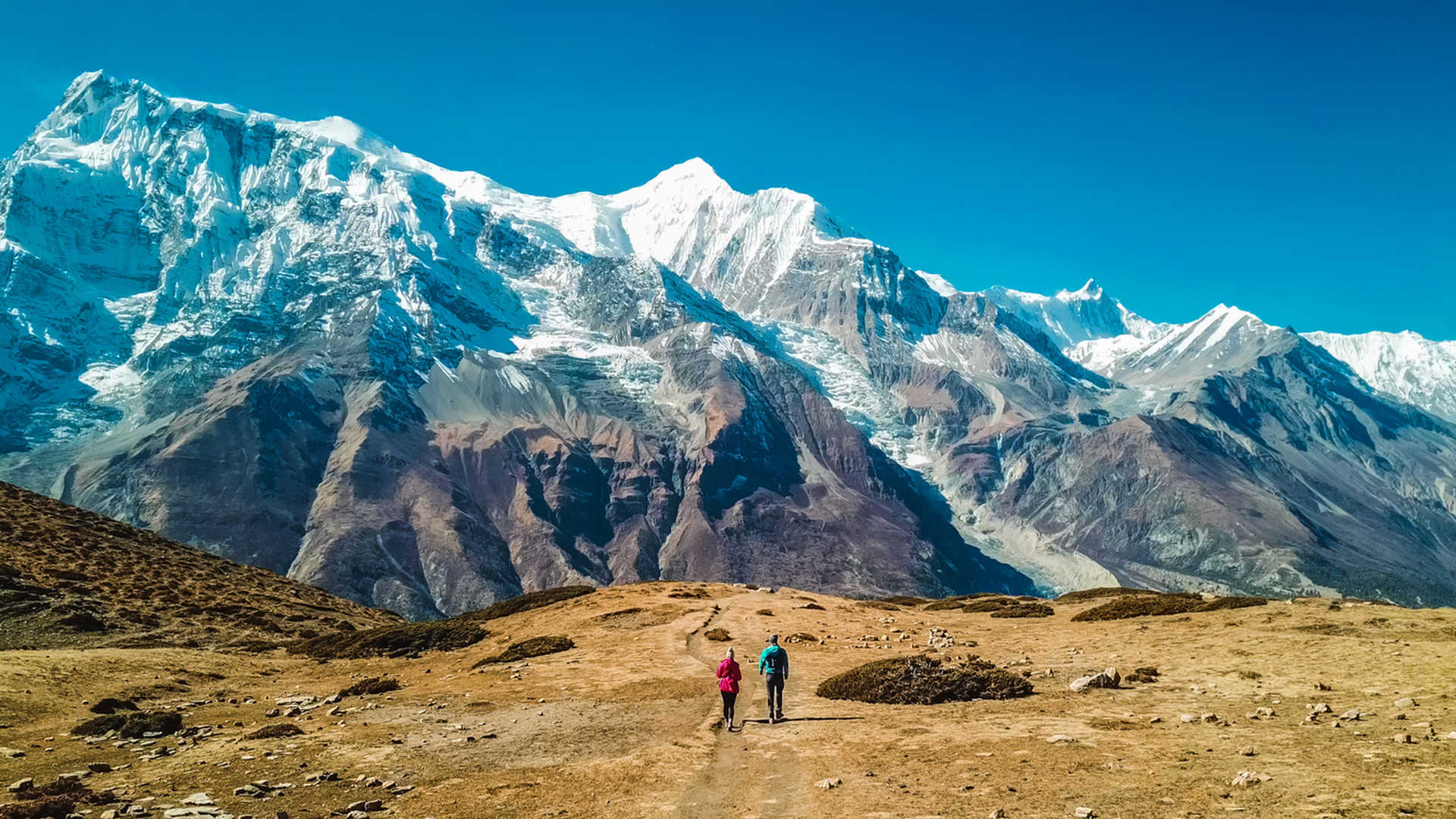Everything you need to know about Annapurna
As the tenth highest mountain in the world and one of the 14
summits over 8,000m, Annapurna is no easy feat and the unique terrain means
this peak in particular has a high avalanche risk, is prone to unpredictable
weather and the routes to the summit are exceptionally steep, especially the
south face, which is renowned for being one of the most difficult climbing
routes in the world.
Sound fun?! Probably not. The good news is that the
Annapurna range has plenty of more accessible trekking routes that are suited for
abilities from budding mountaineers through to experienced climbers. You can
even get a scenic flight over Annapurna but where’s the fun in that!?
Where is Annapurna?
The mountain summit of Annapurna is about 175km or 109 miles
northwest of Kathmandu as the crow flies and there are a variety of ways you
experience the mountain without actually climbing it. There are two other
summits over 8,000m within a relatively short distance of Annapurna which is
Dhaulagiri, 8,167m high and approximately 38km or 24 miles away and Manaslu, at
8,163m and approximately 73km or 45 miles from Annapurna. The Dhaulagiri range
is separated from the Annapurna range by the stunning Kali Gandaki gorge which
is one of the deepest in the world and follows the Gandaki river.

How do you get to Annapurna?
The nearest airport to Annapurna is in Pokhara which is a 25
minute flight from Kathmandu or around 7 hours by car or bus, depending on
conditions. For those wanting to trek the Annapurna Circuit you turn off the
Kathmandu-Pokhara highway before Pokhara and drive east to Besisahar where the
walking trail starts. For the Annapurna Sanctuary Trek you would take an hour’s
drive northwest from Pokhara to Nayapul to find the Annapurna trail start
there.
The history of Annapurna
Interestingly, Annapurna was the first 8,000m peak in the
world to be summited when a French expedition led by Maurice Herzog climbed the
north face in 1950. It wasn’t until 1970 that the infamous Annapurna south face
was climbed when members of a British expedition led by Chris Bonnington
summited the peak via this route. Since then, the mountain has been solo
climbed, summited in winter and via other routes than those first established.
Summiting Annapurna
There are new world records being set involving climbing
Annapurna all the time. This year Kristin Harila and Tenjen Lama Sherpa became
the fastest people in the world to summit all 14 8,000m peaks in just 92 days.
In addition to this, three
Pakistani mountaineers set separate world records, one being the first Pakistani
woman to summit Annapurna, another being the youngest person to summit 11
8,000m peaks and another climbed Annapurna without supplementary oxygen.
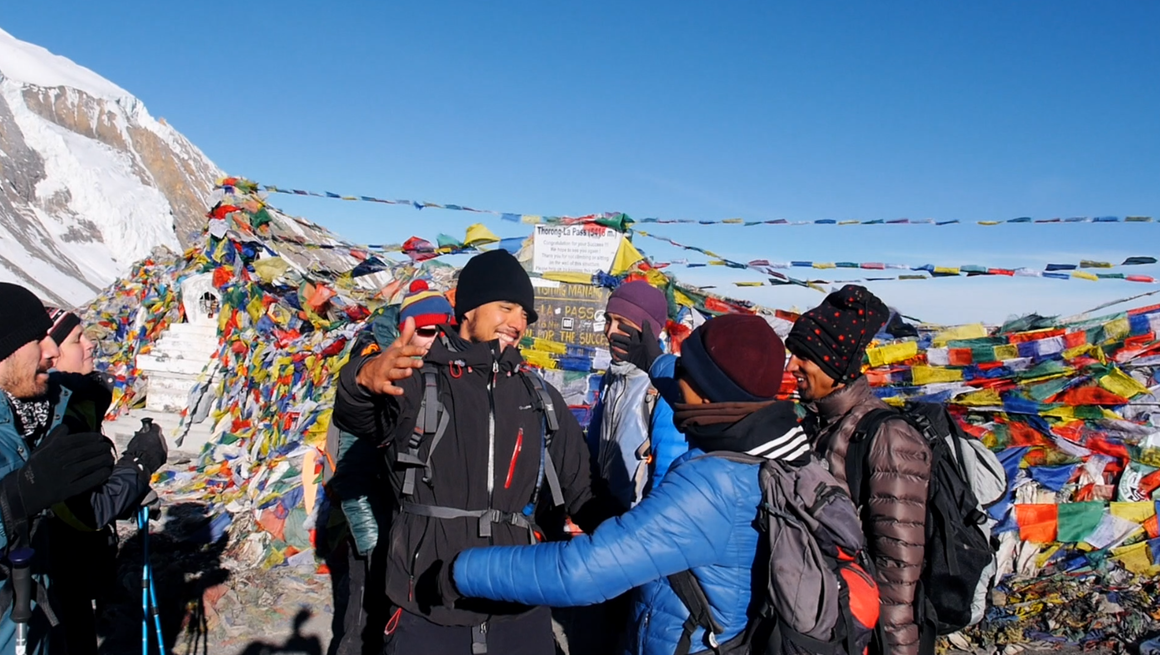
Annapurna Treks
Let’s take a closer look at two of the most famous Nepal
treks in the Annapurna region.
The Annapurna Circuit
Depending on which route you take, the circuit can vary from
160-230km, or 99-143miles. The reason for the variance is usually towards the
end of the route where some adventure companies choose to walk from Jomsom to
Pokhara along the road which passes through the Kali Gandaki gorge. This will
add anything from 5-7 days to your trek.
Kandoo Adventures believe that viewing the gorge from above,
rather than trekking along a road, is a much better end to your epic adventure
and our Annapurna Circuit treks take 11 days with travelling days at either
side. We fly from Jomsom to Pokhara as it is a spectacular plane journey and
spend a night resting on the shores of Phewa Lake and the Gandaki river in the
vibrant town of Jomsom before returning first to Pokhara then onto Kathmandu.
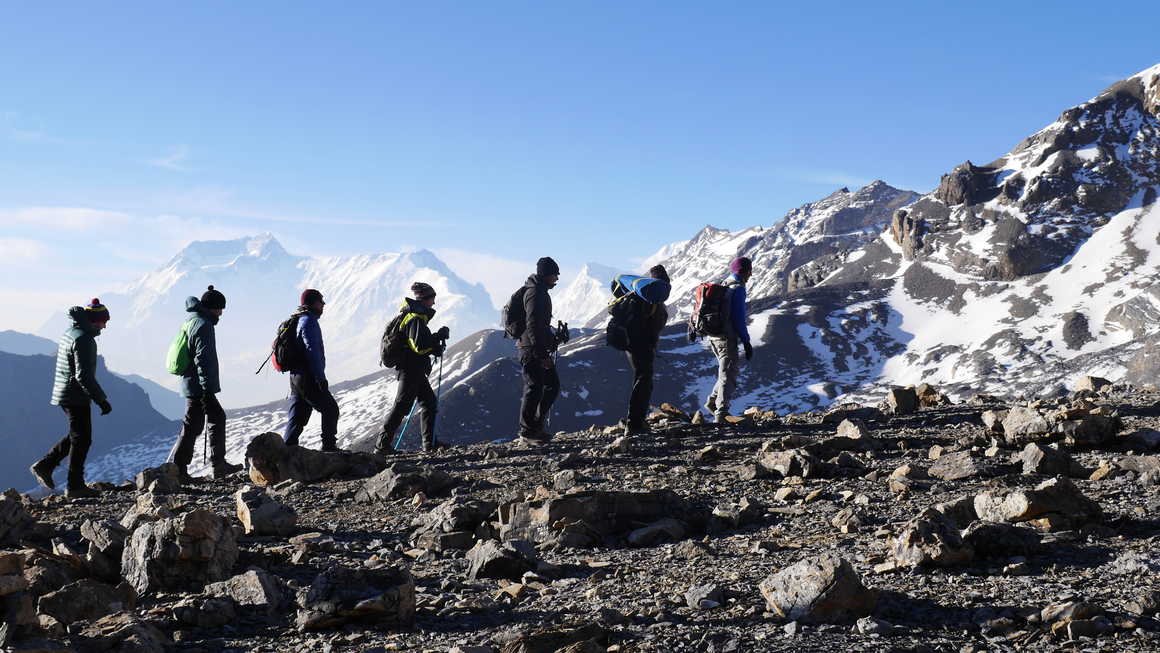
Annapurna Sanctuary
The trek to Annapurna Base Camp begins with a drive from
Pokhara to Nayapul where proper trekking begins. Kandoo Adventures Annapurna
Sanctuary route takes adventurers up Poon Hill which is known as one of
the best viewpoints in Nepal and then onto Machapuchare Base Camp before
climbing the last section to the Annapurna Sanctuary.
This Annapurna trek takes you up stepped stone staircase
paths, across suspension bridges over lush green gorges, through rhododendron
forests and past mountain streams and waterfalls. You’ll discover hidden Nepali
villages and surprising vistas throughout and experience the magic of the
Himalayas every step of the way.
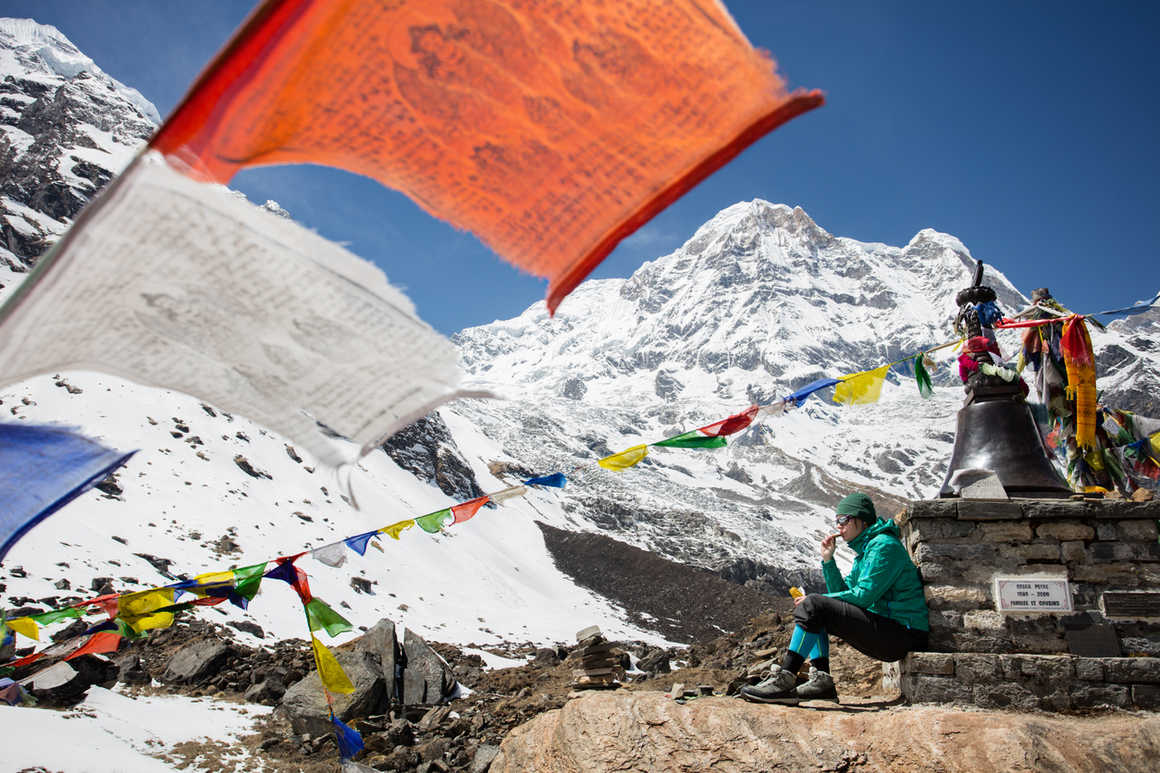
What is the difference between the Annapurna Sanctuary and Annapurna Circuit treks?
Aside from this, both trekking routes offer incredible views
of the surrounding mountains and a unique insight into life in the Himalayas.
Best time to Trek the Annapurna Circuit
Alternatively, wait until autumn when the days are longer
and the temperatures are slightly warmer. You can bet on more clearer blue sky
days from September to November as after this the monsoon rains sweep in and
trekking becomes an altogether wetter affair.
